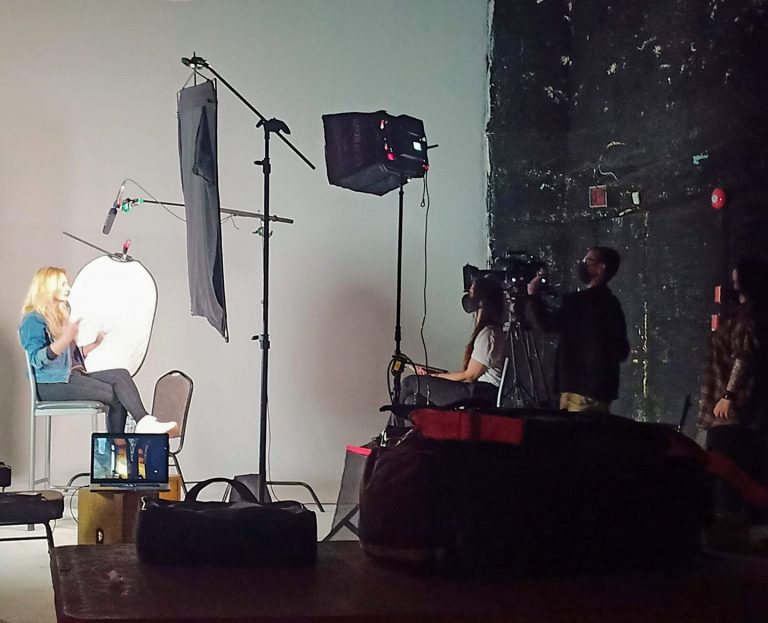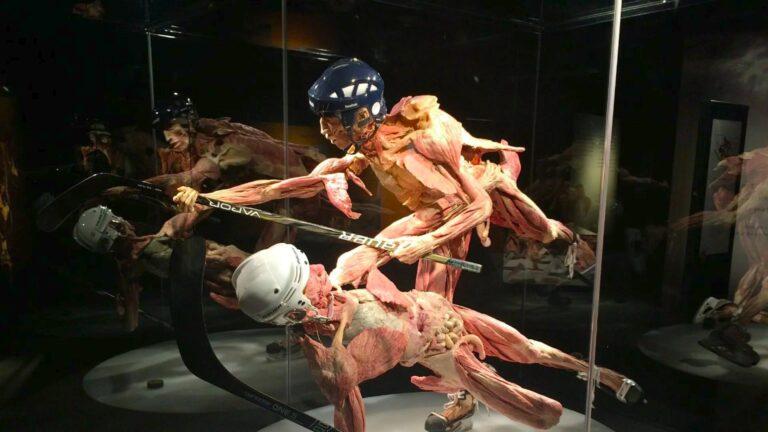The Key To Telling A Story
Choosing the right language to tell the story of a museum artifact is crucial for meaningful engagement. Every artifact has a narrative that reflects its cultural, historical, and social significance. Using accessible and descriptive language ensures that visitors can connect with the object on a personal level.
First, avoid jargon that could alienate your audience. Instead, opt for clear and concise vocabulary that invites curiosity. Providing context is vital; explain not only what the artifact is, but also its origin and purpose. This helps to establish a connection between the object and its broader historical framework.
Utilizing storytelling techniques can make the narrative more impactful. Incorporate anecdotes or stories that connect to the artifact for a more engaging experience. This humanizes the object and allows visitors to envision its past life. Language should also reflect the artifact’s uniqueness, emphasizing what makes it stand out in the collection.
Incorporate sensory descriptions to evoke imagery; describe colors, textures, and shapes. This variation in language helps visitors visualize and feel the artifact’s presence. Remember to include diverse perspectives, especially if the artifact has connections to marginalized communities.
Fostering engagement is essential, so actively promote curiosity and provide opportunities for visitors to share their interpretations. Lastly, avoid making assumptions about the audience’s background; aim to educate without condescension.
Using the correct language not only honours the artifact’s story but enriches the visitor experience, creating lasting memories and a deeper understanding.






